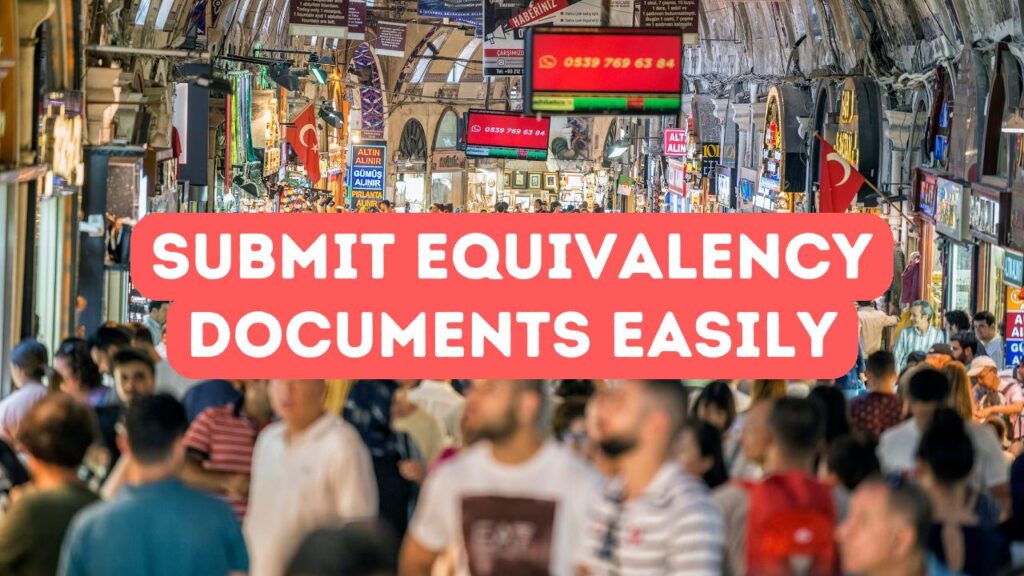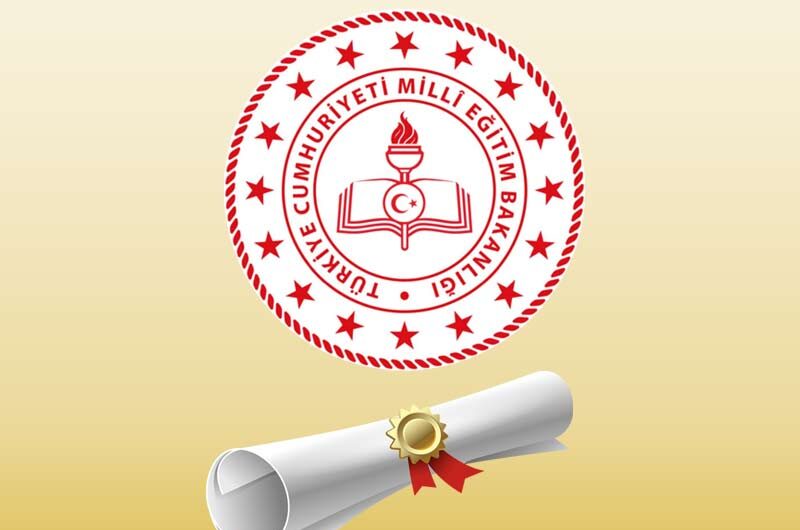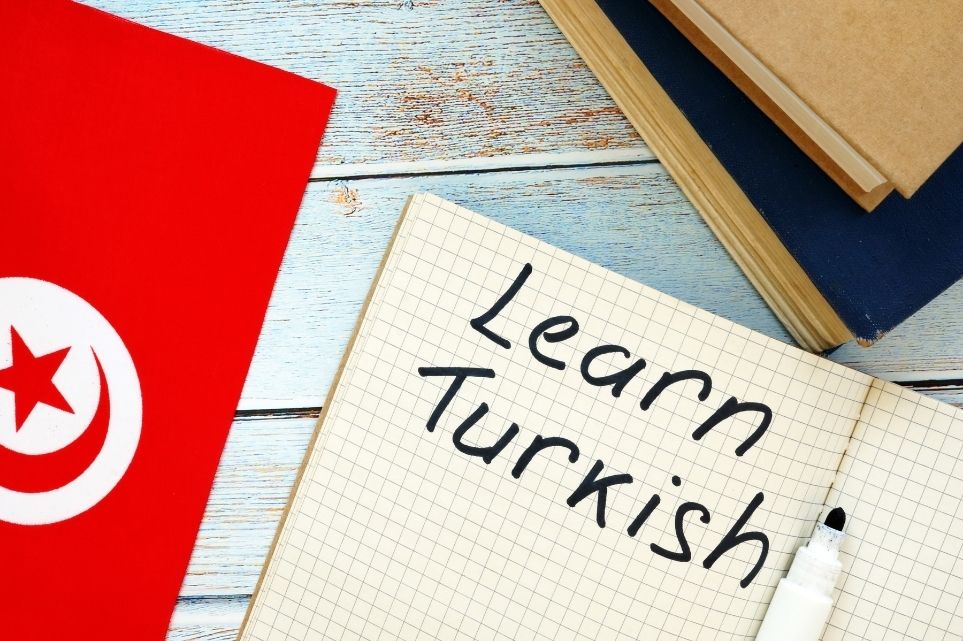Submitting documents for equivalency can seem like navigating a maze. However, getting it right is key to ensuring your credentials are recognized. Wondering how to submit documents properly? First, understand the document submission process. This step is crucial to meet the criteria for equivalency applications. Then, double-check the specific requirements for each document. The equivalency assessment depends heavily on these. Miss a single detail, and you might have to start anew. So, gather all necessary documents before you even start to submit documents for equivalency. Each detail counts, from certified copies to translations. Mistakes in this process can lead to delays or rejections. Your journey in equivalency applications doesn’t have to be daunting. With the right approach, you can ease through it efficiently. Remember, thorough preparation is your best ally in the document submission process for a successful equivalency assessment.
Understanding the Equivalency Submission Process
Understanding the equivalency submission process is like piecing together a puzzle. Each part holds significance. Initiate with a meticulous review of the submission guidelines provided by the evaluating body. These guidelines will map out your journey in equivalency applications. Sometimes the smallest detail can make all the difference. Consider everything from format to the required supporting documents. Once you’ve grasped these, prepare your documents with precision. Certified translations might be necessary for non-English documents, emphasizing accuracy in this phase. The focus here is crystal-clear: submit documents equivalency is not just about collecting papers; it’s about presenting them in a fit manner. Keep an eye out for common pitfalls in your equivalency assessment—such as missing signatures or incorrect document formats. Avoid such missteps by double-checking your work. As you submit, remember that every piece plays a part in the larger picture of your academic and professional recognition.
Consider the document submission process as your master key in equivalency applications. Start by ensuring each document meets the required standards. Make a checklist; it’s your best friend in avoiding mishaps. Be thorough, keep copies, and verify each piece aligns with submission guidelines. It’s not enough to gather papers; focus on their order and presentation. Understand that the equivalency assessment hinges on how well you follow these details. Research any additional steps or specific documents needed for your application. Think of how to submit documents as a bridge to successful recognition, paving your path to new opportunities. Clarity and precision in this stage can’t be overstated—they’re the linchpins of your plan. Reach out if ambiguous. It’s better to ask than to err. By staying organized and informed, you ensure your effort in equivalency applications leads to success, minimizing delays and errors in the process.
As you complete your equivalency applications, prioritize clarity in each part of the document submission process. Consider this your guide, shaping how you submit documents for maximum impact. Organize your documents coherently and adhere to submission guidelines closely. Often, a single misstep can turn your straightforward process into a tangled mess. To submit documents equivalency effectively, jot down questions or sticky points and seek help if uncertain. Your foresight will smooth transitions, ensuring the equivalency assessment goes off without a hitch. Timely follow-ups can also be a game-changer. Be proactive—knowing when and who to contact can keep your submission on the right track. Picture your efforts bearing fruit as you deftly maneuver through potential hurdles, reinforcing your credentials with precision. Remember, every document and submission detail crafts your narrative in the grand scheme of achieving equivalency recognition.
Essential Documents Required for Equivalency Assessment
To submit documents for equivalency, first gather essential paperwork. Key elements in the document submission process include copies of your degrees or certificates and certified translations if they’re in a different language. Pay close attention to the equivalency applications requirements; they can vary between institutions. Some places might ask for a detailed transcript or syllabus. Always verify the how to submit documents guidelines to avoid common pitfalls. Did you know neglecting one document can derail the whole equivalency assessment? That’s why it’s vital to check each requirement closely. Also, having a letter of recommendation or proof of identity might be necessary. Remember, being systematic and organized in your approach makes all the difference. Keep careful track of what you’ve sent and what’s needed next, and you’ll find the process less of a puzzle.
When preparing for an equivalency assessment, it’s critical to identify the essential documents. Start by ensuring you have official transcripts sealed in their original envelopes. Include certified translations if needed; these play a pivotal role in the document submission process. Some equivalency applications require proof of course completion and educational details, like course descriptions or outlines. Don’t forget your degree certificates and proof of accreditation. Equally important, a valid ID and any professional licenses should be included. These steps in learning how to submit documents streamline your efforts. Being detail-oriented helps avoid mishaps. Did you know that incorrect translations can cause significant delays? Make sure to double-check every line. Gather these documents and cross-reference them with the institution’s checklist. Successfully submitting documents for equivalency demands precision and patience, but the reward is worth the effort.
Providing accurate documentation is at the heart of a smooth equivalency assessment. At the top of your list should be a comprehensive document submission process checklist. Detailed transcripts and syllabuses play an integral role here, alongside certified copies of all your diplomas. Be sure to gather certificates of accreditation, essential in verifying the legitimacy of your qualifications. Don’t overlook the importance of a valid ID—it’s often the linchpin in how to submit documents properly. Proof of language proficiency might be another requirement, especially for equivalency applications in diverse fields. Is your resume updated? Including a current resume can often provide valuable context for your credentials. Remember, the devil’s in the details. Make this phase in submitting documents equivalency the step that paves your path to success. Cross-Sample each document carefully against the institution’s demands to ensure nothing gets left behind. This attention to detail can be the key to unlocking a seamless equivalency journey.
Common Pitfalls to Avoid in Document Submission
Submitting documents for equivalency can hit a snag if you’re unaware of common pitfalls. One major misstep is neglecting to follow the specific document submission process. Each document type could have unique requirements, but they are all crucial to equivalency applications. Ensure that all paperwork is complete and readable. Skipping over tiny details, like forgetting to include certified translations, can derail your equivalency assessment. Additionally, keep tabs on deadlines. Late submissions can lead to lengthy delays. Also, don’t underestimate the importance of proper document packaging, as poor organization might cause misplaced or damaged papers. The lack of clarity in how to submit documents can lead to confusion, so always double-check instructions. These hurdles can seem small, yet they loom large in the path of achieving successful document submission for equivalency. Stay vigilant to glide through with ease.
Misunderstanding the document submission process is another common blunder. Even the slightest deviation from the guidelines can cause significant setbacks in equivalency applications. Make sure you know how to submit documents with precision. Often, applications falter due to incomplete equivalency assessments. Be thorough—painstakingly check each form for accuracy and completion. An overlooked signature or unchecked box could mean starting over from scratch. Additionally, proper identification of required documents avoids unnecessary confusion. Familiarize yourself with what’s needed for equivalency under various conditions. Remember, the key is in the organization. A smart plan can prevent getting lost in tangled paperwork. For a smooth journey, each document should be systematically arranged and labeled correctly. This careful approach helps evade unnecessary stress and delays, ensuring your efforts pay off without hiccups. A sound strategy and attention to detail pave the way for seamless document submission.
Overlooking the seemingly trivial can lead to mountains of trouble in equivalency applications. For instance, failing to update contact information might result in missed communications about your equivalency assessment. When you submit documents for equivalency, scrutiny is your friend. Double-check every line and entry, especially in the document submission process. Documentation specifics often hide in the fine print, so take the time to read and comprehend every detail. Ensure translations are certified; uncertified copies can jeopardize your assessment’s completeness. Knowing precisely how to submit documents, adhering diligently to guidelines, is vital. Falling short in this area adds unnecessary headaches and interruptions. Timing, too, is critical—meet deadlines with room to spare to safeguard against any hiccups. In this document submission landscape, vigilance is golden, ensuring every piece aligns with the standard requirements for equivalency. Prepare meticulously today to avoid stumbling tomorrow.
Disclaimer: This article is for general informational purposes only and you are strongly advised to consult a professional to evaluate your personal situation. No liability is accepted that may arise from the use of the information in this article.







